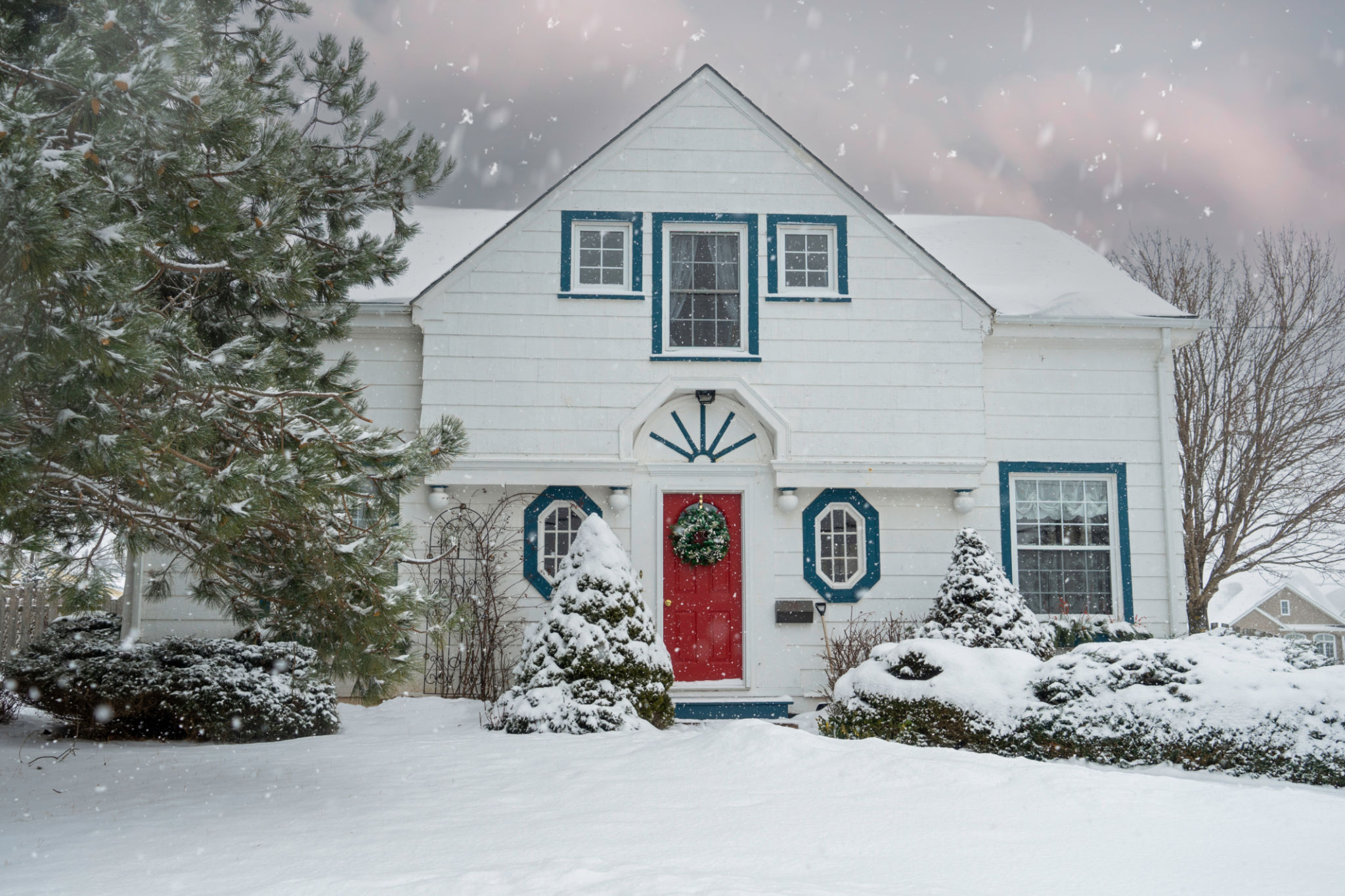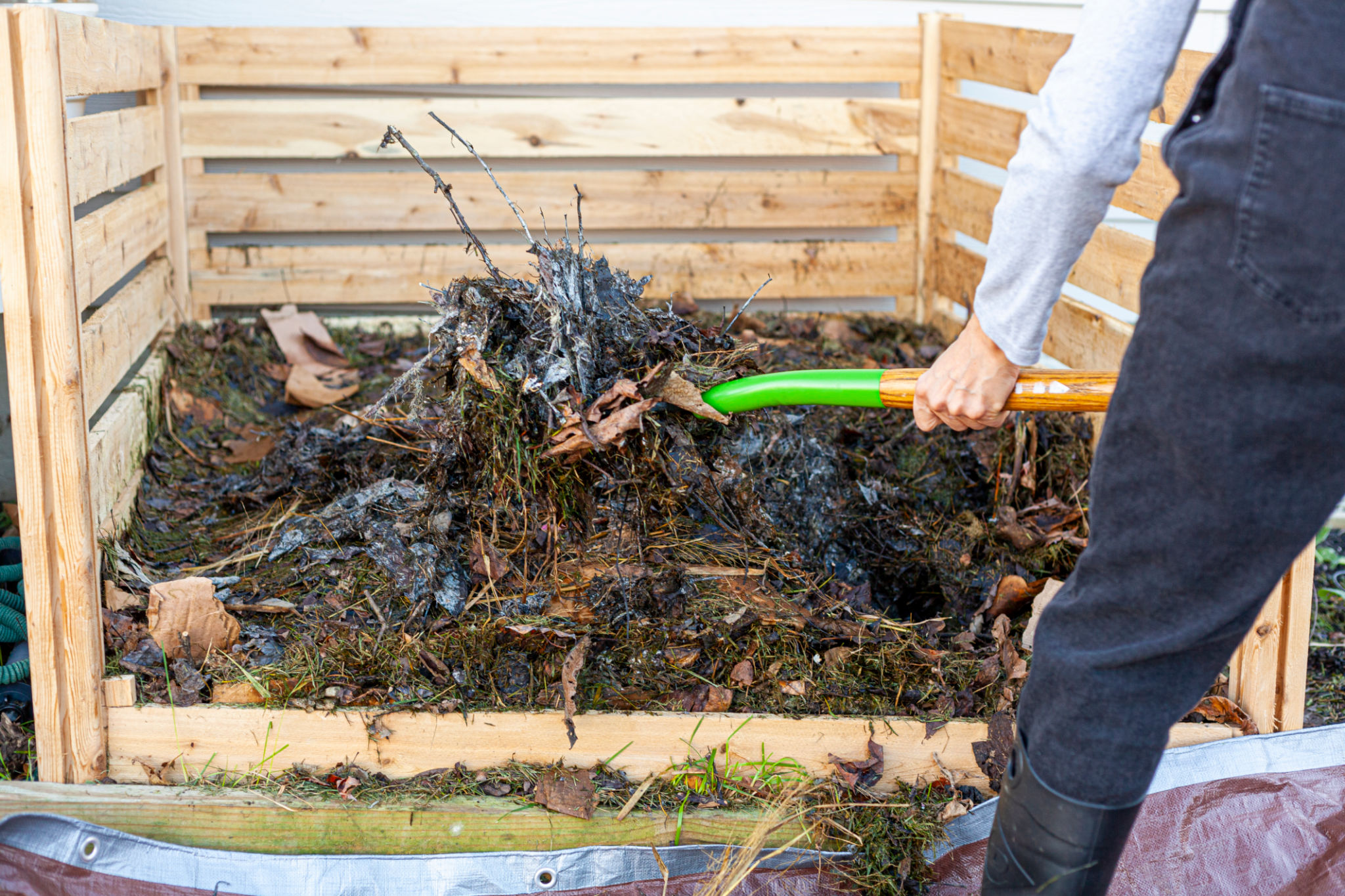Preparing Your Green Home for Winter: Essential Tips for Toronto Residents
Understanding Your Green Home's Needs
As the crisp autumn air begins to usher in cooler temperatures, it's essential for Toronto residents to prepare their green homes for the winter months ahead. A green home is designed to be energy-efficient and environmentally friendly, but it still requires specific preparations to ensure it remains cozy and efficient during the colder season. By taking proactive steps now, you can maintain your home's efficiency and comfort while minimizing your ecological footprint.
One of the first things you should consider is conducting an energy audit. This will help identify areas where your home may be losing heat, allowing you to address them before the temperatures drop significantly. Check for drafts around windows and doors, and ensure that your insulation is up to par. Proper insulation is crucial for maintaining a consistent indoor temperature and reducing the need for excessive heating.

Optimizing Heating Systems
Ensuring that your home's heating system is in top condition is another critical step. If you use a furnace, consider scheduling a professional inspection and cleaning to ensure it's running efficiently. For those with radiant floor heating or geothermal systems, regular maintenance can prevent unexpected breakdowns during the coldest months. It's also wise to check thermostat settings and consider upgrading to a programmable or smart thermostat, which can optimize heating schedules and reduce energy consumption.
Don't forget about your home's ventilation system. Proper ventilation helps maintain indoor air quality and prevents moisture buildup, which can lead to mold growth. Consider installing energy recovery ventilators (ERVs) that exchange indoor air with fresh outdoor air while retaining heat during the exchange process, contributing to both efficiency and environmental sustainability.

Enhancing Window Efficiency
Windows are a major source of heat loss in many homes, making it vital to enhance their efficiency during winter. If you haven't already, consider replacing old windows with double or triple-glazed options that offer better insulation. For those with existing windows, adding storm windows can provide an additional layer of protection against the cold.
Simple measures like using thermal curtains or blinds can further diminish heat loss through windows. During sunny winter days, open your curtains to allow natural sunlight to warm your home; close them at night to retain the heat indoors. This strategy can significantly reduce your reliance on artificial heating.

Sealing and Weatherproofing
Weatherproofing is an essential task for keeping unwanted cold air out of your home. Inspect all entry points, such as doors and windows, for any gaps or cracks where drafts can seep through. Use weatherstripping or caulking to seal these areas effectively. Pay special attention to areas around pipes and outlets where air might enter your home.
It's also beneficial to check your attic and basement for any signs of air leaks. These spaces are often overlooked but play a crucial role in maintaining a draft-free environment. A few hours spent sealing these gaps can result in substantial energy savings throughout the winter months.
Preparing Outdoor Spaces
While much of the focus is on the interior of your home, don't forget about preparing your outdoor spaces as well. Drain and store garden hoses, shut off exterior faucets, and insulate any exposed pipes to prevent freezing and potential damage. If you have solar panels, give them a thorough cleaning to maximize their efficiency during the lower-light months.

Additionally, clear out gutters and downspouts to prevent ice dams, which can cause water damage and reduce your home's energy efficiency. By ensuring that water flows freely away from your home, you'll protect its structural integrity and maintain its green standards.
Embracing Sustainable Practices
Finally, consider adopting sustainable practices that further enhance your green home's winter-readiness. Composting food waste not only reduces landfill contributions but also provides nutrient-rich soil for spring planting. Collecting rainwater during warmer days can also offer a sustainable water source for indoor plants or winter greenhouse projects.
By preparing your green home for winter with these essential tips, Toronto residents can enjoy a warm, comfortable living space while reducing their environmental impact. A little preparation now can lead to significant energy savings and ecological benefits throughout the season.

